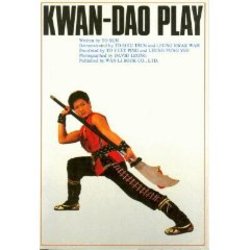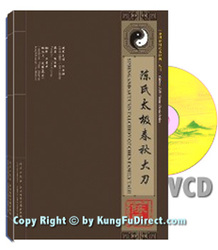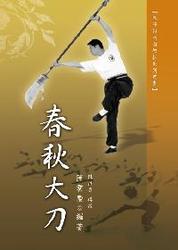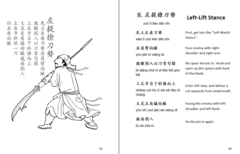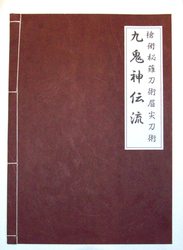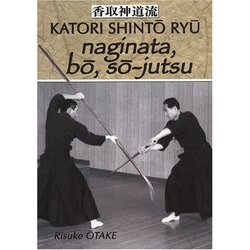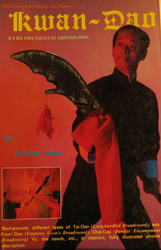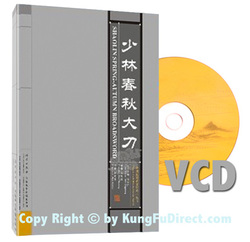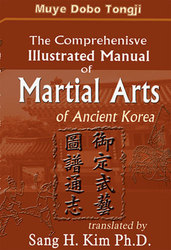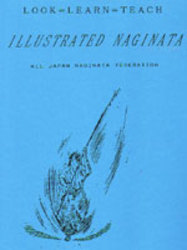Guan Dao Books
Click on Images to be linked to Purchase Site
by To Sum
This book presents, besides a solo set of the Kwan-Dao, three duel sets with the Kwan-Dao against a cudgel. Against two short-handed broadswords, and against a three-section cudgel, with basic movements of the above three weapons clearly instructed first before introduction to the duel sets.
Format: VCD (PAL) with Book
Language: Both in Chinese and English
e-book
This book is a translation and interpretation of a 400-years-old Da-Dao manual written by 程子頤 (Cheng Zi Yi). He is the nephew of Master Cheng Zong You, who famously wrote manuals on the Long-Saber, Spear, and Shaolin Staff.
As well as accompanied with a Horseback Crescent-Saber chapter from the Korean manual, Muye Dobo Tongji.
Originally written in classical Chinese, this ancient manual is now available translated into English, accompanied by the original classical Chinese text.
The information within this book is very accurate and an excellent training aid to help you learn the Kata from this Ryu.
Self-teaching Chinese Weapon--Kwan Dao
Authored by Leung Ting
In ancient China, the Dao (Broadsword) is the master of all weapons. Dai-Dao is a general term for the long-handle broadsword. The most representative type of all the Dai Dao is the Kwan-Dao, named after the famous general Kwan Yu in the era of the Three Kingdoms. This book fully illustrates and describes the various types of Dai-Dao (Long-handled Broadsword), Kwan-Dao (Emperor Kwan's Broadsword), and Chai-Dao (Bandits's Encampment-Broadsword) vs. the long Bench. A big black-and-white poster of General Kwan included.
Shaolin Kwandao was created by distilling the main characterizes of broadsword skills of cavalry soldiers. The whole set includes 32 motions with plentiful content, simple stringent structure, reasonable layout, free-flowing routine, mighty strokes and changeable sword skills. The main skills contain cutting, chopping, cutting-circle, rowing, blocking, sparing and pushing. It combines closely with body position and stepping position of Shaolin Boxing. The whole set embodies the style and characteristics of movements stretch, swift and violent, majestic momentum, representing the higher level of Shaolin broadsword, and is listed into required routine of Shaolin wushu.
Format: Comes with both VCD (NTSC), VCD (PAL), and Book
Language: Both Chinese and English
Translated by Sang H. Kim
In 1789, King Chongjo, ruler of the Yi dynasty, ordered General Yi Duk-moo to compile an official textbook on all martial art forms present in Korea. (most scholars see that this is just a copy of the famous writings of China'sGeneral Qi Ji Guang)
The result, the Muye Dobo Tongji, is the only surviving classical text on the Korean arts of war. Based on the earliest known Korean martial arts treatise, the Muye Chebo(1599), the Muye Dobo Tongji clearly shows the influence of neighboring Japanese and Chinese armies.
Through hundreds of wars and invasions, Korean soldiers adapted battlefield skills and tactics from their enemies, creating a unique system.
Organized into 24 disciplines comprised of empty hand fighting, weaponry and horsemanship, this is an accurate historical snapshot of the warrior arts of the late 18th century. This marks the first time this volume is available in English.
Carefully translated from the original text and illustrated with reproductions of ancient woodblock carvings, this book provides fascinating insights into Korea's martial arts legacy.
